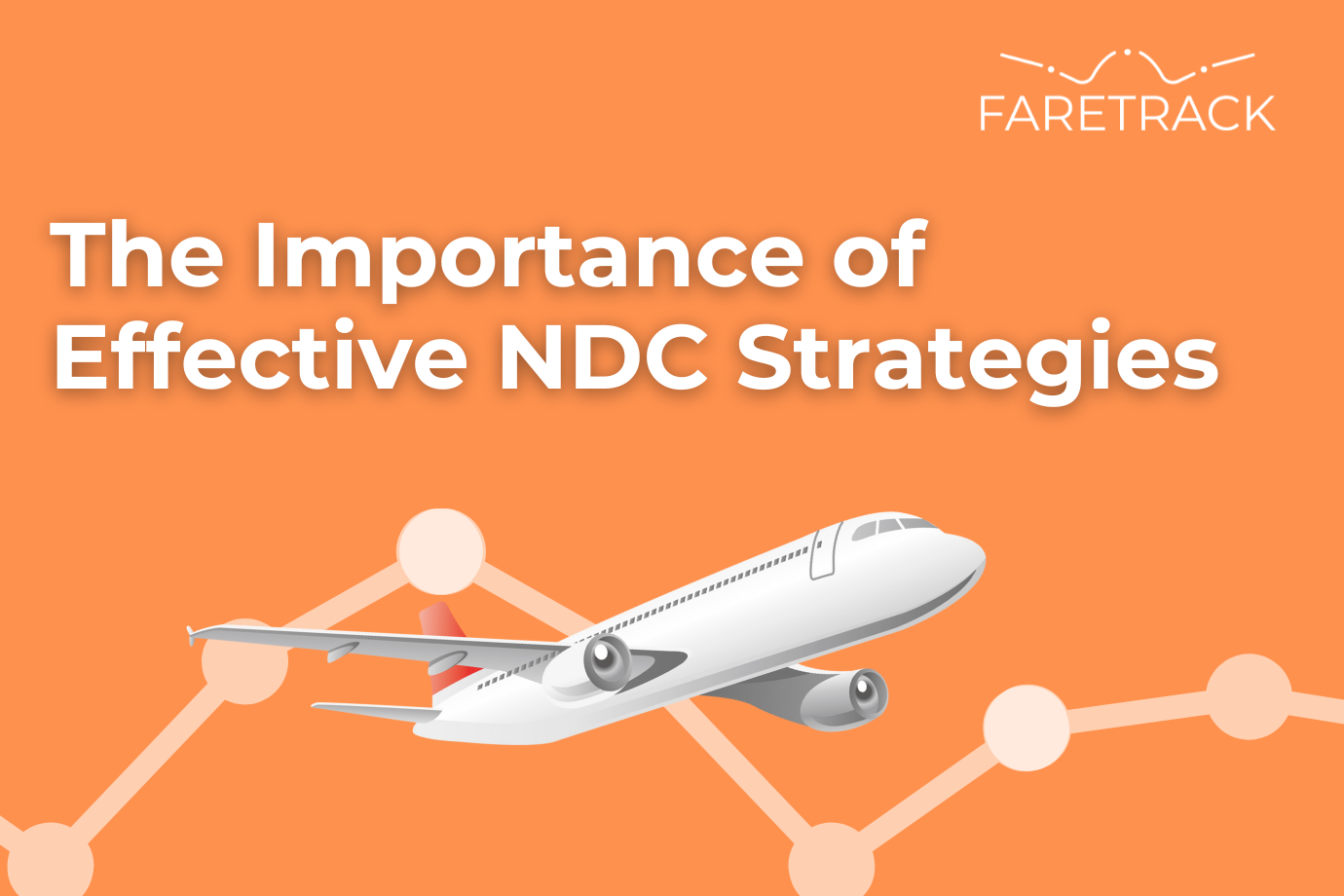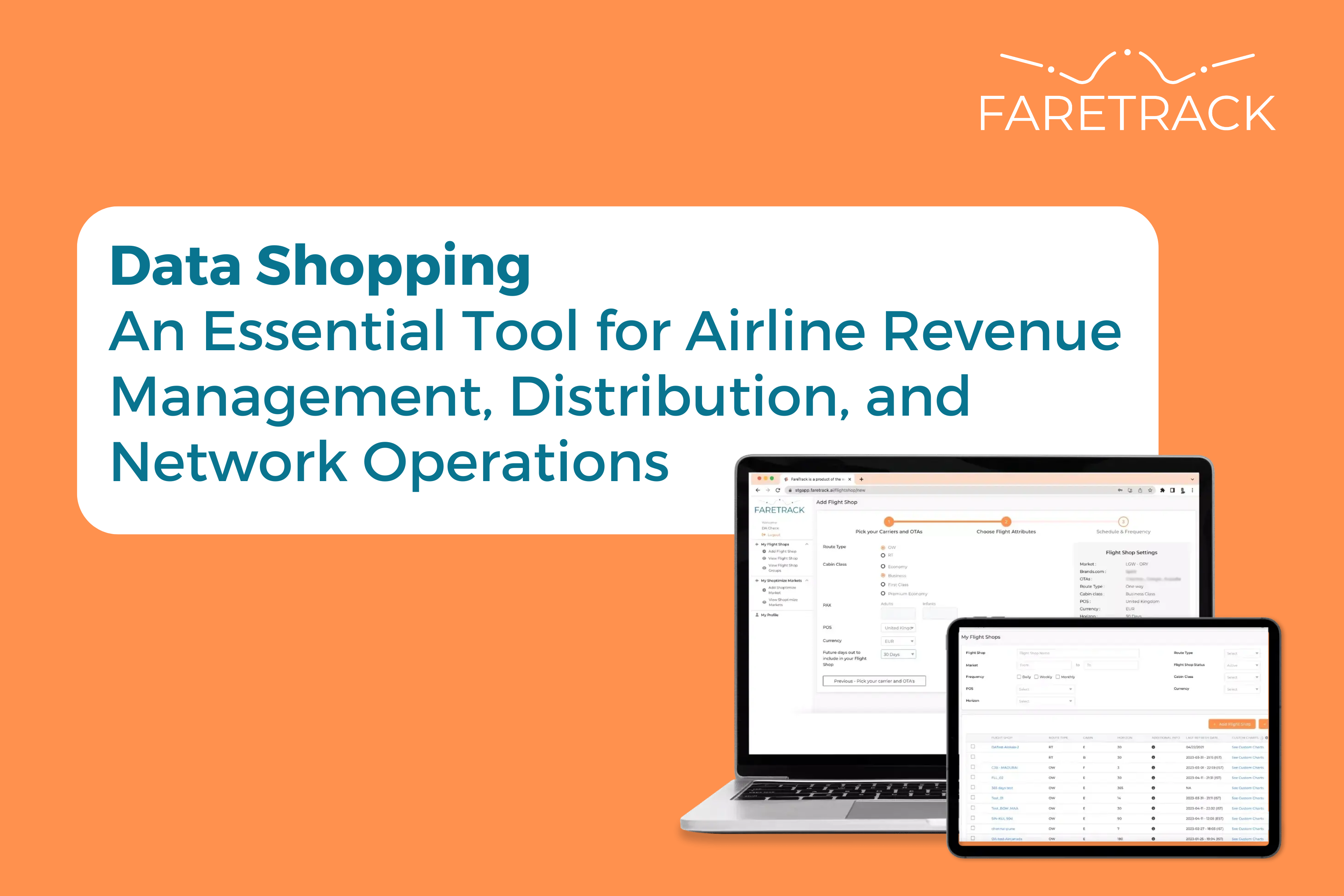How to Deliver Effective NDC Strategies Over the last few years, New Distribution Capability (NDC) has caused excitement, and apprehension in equal measure for airlines. The opportunities for revenue generation are huge, but delivering the right NDC strategy has caused many to approach their strategies cautiously. Let’s look at the current state of play, and explore a few ways airlines can implement effective NDC strategies. The Promise of NDC NDC is designed to modernize airline distribution by enabling richer and more dynamic content and more personalized offers directly to consumers.…
Category: Research
You Don’t Know What You Don’t Know And That Can Hurt You
The changing world of airline pricing and revenue management is presenting new data challenges to operators. Relying on traditional data sources could mean you are missing out on critical data to inform better decision-making. The highest selling statistics book in the second half of the 20th century was a book called ‘How To Lie with Statistics’ by Darrel Huff. One of the stories within the book was from World War II. In it, the Statistical Research Group of Columbia University had been tasked with analyzing damage patterns on fighter aircraft…
Data Shopping – An Essential Tool for Airline Revenue Management, Distribution, and Network Operations
When it comes to data, we believe flexibility is key; in fact, it’s a driving force behind pretty much everything FareTrack does. We offer flexible analysis; our Business Intelligence dashboards can be infinitely extended and customized with your own data. We offer flexible pricing, with no setup fee, that scales with your requirements, and now we offer flexible data management through our Shop Manager. Our Shop Manager is built around the concept of Data Shopping, i.e., the ability for air travel professionals to completely manage the build, scheduling, delivery, and…
The Concept and Evolution of Open Pricing in the Airline Industry
In recent months, the FareTrack team have spoken to many airline revenue managers about their revenue management strategies, and one key area that has been a frequent topic of discussion is the concept of open pricing. Unlike traditional methods, Open Pricing allows airlines to adjust fares dynamically in response to market demand, competitor pricing, and individual customer profiles. This flexibility promises a more tailored and optimized pricing strategy for airlines, departing from the rigid approaches of the past. The Evolution of Pricing Strategies The journey towards Open Pricing began with…
The Future of Airline Ancillary Revenue: A Personalized Journey
In recent industry gatherings attended by the FareTrack team, one topic has consistently stolen the spotlight: ancillary revenue. The discourse surrounding its remarkable growth, future trajectory, and, most importantly, the strategies for revenue managers to bolster their ancillary revenue has been fervent. In this article, we provide a panoramic overview of the anticipated evolution of ancillary revenue and delve into the fundamental concepts propelling this transformation. In the coming years, we can expect to see a significant shift towards a more personalized and data-driven approach to ancillary offerings. The concept…
Rate parity for airlines: 90% of flights on popular route are being over and undercharged
In a recent research piece, we used FareTrack data to look at the topic of rate parity for airlines. The results were striking, with only 10% of airlines on a popular route actually being in parity. Let’s take a look at this challenge, and explore just how much of an issue it is for airlines. So, perhaps the most obvious place to start is actually looking at what rate parity actually is. In simple terms, parity in airlines means maintaining consistency in fares across various distribution channels. If an airline…
The Close-to-real-time Dynamic Pricing Model
Revenue management has been commonly practised in the airline industry since the late 1970s to help airlines increase their revenues by managing price and seat availability. The perceived goal of Revenue Management and Pricing is to attempt to sell each seat at the highest possible price. Many complex factors are involved in achieving the goal and affecting the price. Most of them can be grouped into 3C definitions: Capacity – theoretically and on a short-term basis, a route is operated with an aircraft with a fixed capacity. However, in the mid-term,…
Why is business intelligence critical for the airline industry?
Airlines are exposed to more competitive data points than ever before. The plus side of this is that with more competitor intelligence available, they can identify more opportunities for revenue growth. However, the amount of data available presents a significant problem. How do you derive value from vast amounts of unstructured data? Let’s take a look at a few ways business intelligence and visualization helps airline revenue managers secure a competitive advantage. Actionable Insights Many pricing decisions are made either on inaccurate data or assumptions. These are poor foundations for…








